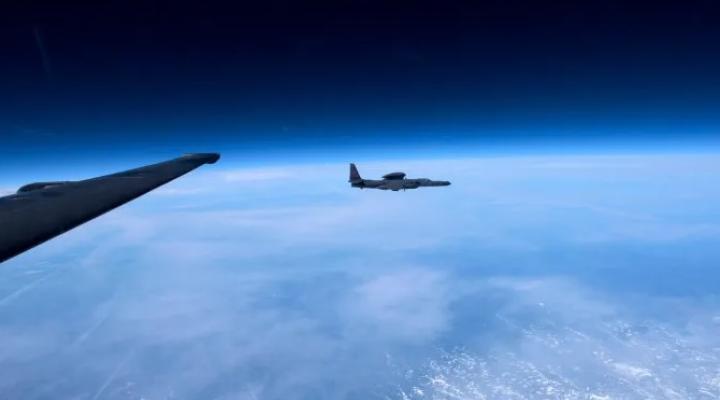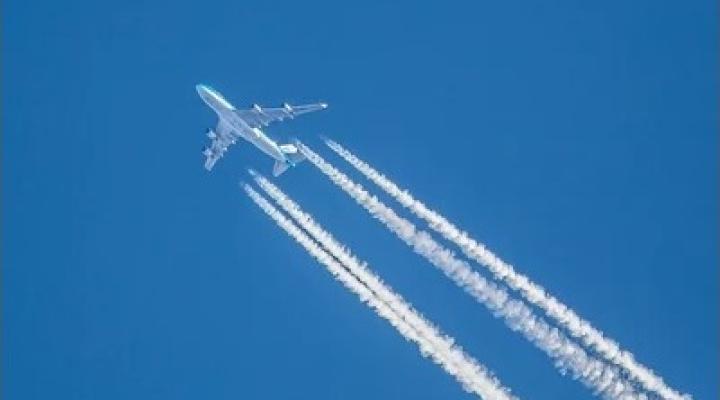Ryanair B738 at Riga on Jan 7th 2012, right pitot heating failed without indication, continuous stick shaker to touchdown
A Ryanair Boeing 737-800, registration EI-DHI performing flight FR-1664 from East Midlands,EN (UK) to Riga (Latvia) with 140 passengers and 6 crew, was descending towards Riga in moderate snow fall, when at about 6000 feet the first officer's (35, CPL, 2,300 hours total, 2,100 hours on type), pilot flying, speed indications became erroneous, although the rate of descent was increased the indicated airspeed at the right hand side decreased while the captain's (46, ATPL, 11,500 hours total, 5,575 hours on type) speed indication rose to in excess of 280 KIAS. The crew levelled off at 4000 feet to work the checklists, verified that all pitot heatings were on, no warnings had illuminated except that the altitude disagree intermittently activated showing a disagreement between captain's and first officer's altimeter of about 250 feet. The crew compared the speed indicators and altimeters with the stand by instruments and concluded the captain's instruments were probably correct, the captain compared his then speed reading of 250 KIAS with the speed over ground at 240 knots computed by the Inertial Reference System and found the indications consistent. The crew further received a right hand engine electronic control fault indication as the EEC switched to alternate mode. The crew setup for an ILS approach to Riga's runway 18, the captain assumed the role as pilot flying and the first officer became pilot monitoring. While extending the flaps and configuring the aircraft for landing the stall warning activated at the first officer's side and the stick shaker began to operate continously until after touch down. About 7nm from touchdown, already aligned with the runway center line, autothrottle and autopilot disconnected automatically, the autothrottle kept tripping out. The captain therefore continued manually, acquired visual contact with the runway at about 300 feet and continued for a safe landing.
The Irish AAIU released their final report concluding the probable cause of the incident was:
Failure of the First Officer’s pitot probe heater.
Contributory Cause
- Failure of the pitot probe heater warning circuit to detect and annunciate the heater failure.
The AAIU analyzed that the crew "correctly diagnosed the problem and the outcome was a safe landing" although the crew could not identify an obvious cause for the speed and altitude disagreements and the right hand engine electronic control's alternate mode.
The AAIU analyzed that the pitot probe heating can fail without announciation if the probe is partially heated due to a short, that does not trigger the circuit breaker or the probe drawing insufficient current to prompt the circuit breaker trip and sufficient current to not trigger the monitoring device. In either case the pitot probe is not protected from icing without the crew being aware of this.
The AAIU analyzed: "Activation of the stall warning stickshaker during a final approach, following other unanticipated failures such as the autothrottle and autopilot self-disconnecting, would be particularly disconcerting in the circumstances where the flight crew is aware that an IAS is unreliable, although there is no obvious cause. While the Manufacturer’s QRH contained checklists for both IAS disagreement and airspeed unreliable, the checklists do not contain any caution regarding the known issue of some pitot heater failure modes not resulting in activation of the pitot heater failure warning. Furthermore, no guidance is given regarding further operational consequences that may be the consequence of a faulty airspeed indication, such as spurious stall warnings."
Three safety recommendations were released as result of the investigation.
Metars at the time of occurrence:
METAR EVRA 071850Z 18006KT 9999 -RASN OVC005 01/01 Q1001 R18/290158 NOSIG=
METAR EVRA 071920Z 19006KT 9999 -RASN OVC005 01/01 Q1001 R18/290158 NOSIG=
METAR EVRA 071950Z 17005KT 9999 -SNRA OVC005 01/01 Q1001 R18/290158 NOSIG=
http://avherald.com/h?article=46d3cd8b














Komentarze